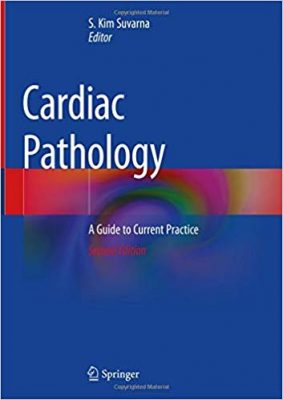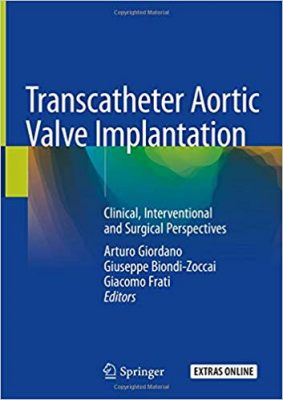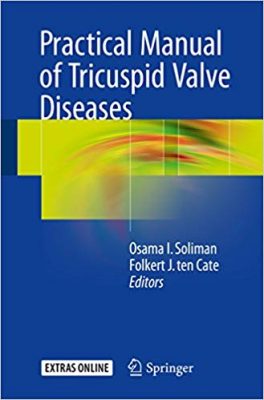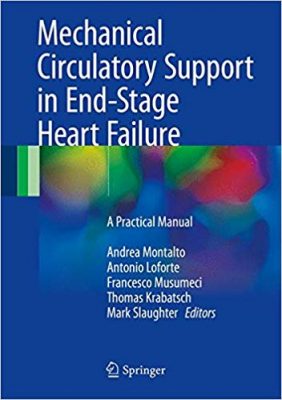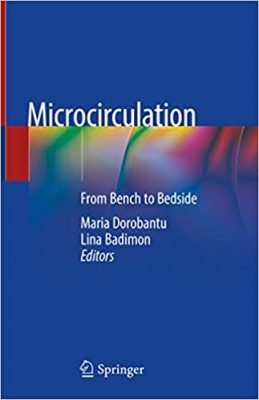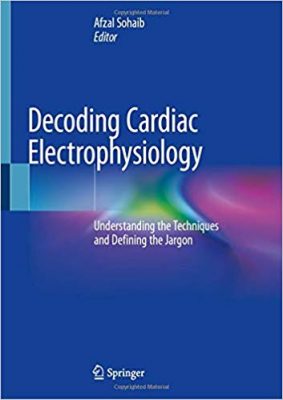Cardiopulmonary Exercise Testing in Children and Adolescents First Edition
Cardiopulmonary Exercise Testing in Children and Adolescents First Edition
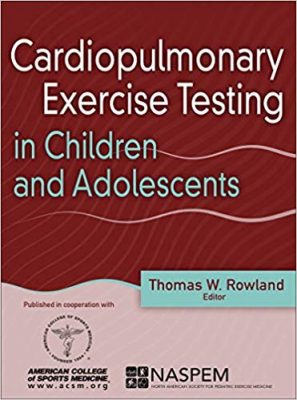
Cardiopulmonary Exercise Testing in Children and Adolescents First Edition
Exercise testing plays an increasingly important role in the diagnosis and assessment of heart disease and lung disease in children and adolescents. In Cardiopulmonary Exercise Testing in Children and Adolescents, leading expert Thomas W. Rowland, backed by the American College of Sports Medicine (ACSM) and the North American Society for Pediatric Exercise Medicine (NASPEM), compiles the latest evidence-based research to provide guidance for clinical exercise physiologists, cardiologists, pulmonologists, and students of exercise physiology who conduct exercise stress testing for young patients.
The core objective of the book is to clarify the differences between clinical exercise testing for children and testing for adults. Because of obvious differences between the two populations, test protocols must be modified based on the patient’s age, size, level of physical fitness, body composition, intellectual and emotional maturity, and state of cardiac and pulmonary health.
DOWNLOAD THIS BOOK



